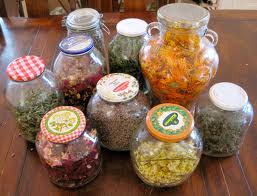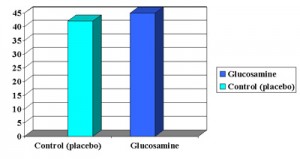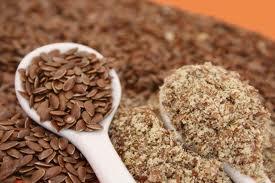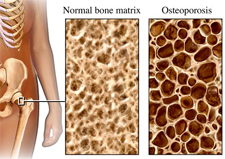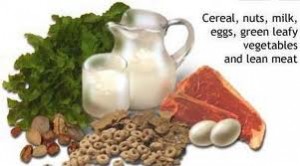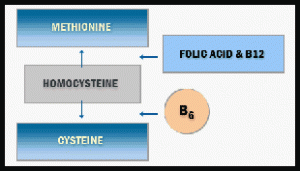Antioxidants provide powerful cellular protection, and several sources are available through food. One of them under the name ergothioneine was known to be available through food sources like wheat germ or chicken liver. The latter is not necessarily a popular choice for a lot of people! However, antioxidants are necessary to protect us from diseases like arthritis, Alzheimers disease and cancer.
Researchers at Penn State have better news in the meantime. Joy Dubost, who led the research team, stated in a recent press release, that exotic mushrooms like shiitake, oyster mushrooms, king oyster or maitake mushrooms contain up to 13 mg of the desirable antioxidant ergothioneine in a typical serving, about 40 times as much as wheat germ.
Consumers who are reluctant to try these varieties and are more used to Portobello mushrooms, crimini mushrooms (brown mushrooms) or even the ubiquitous white mushrooms, still get a good dose of up to 5 mg ergothioneine per serving.
Antioxidant levels do not decrease when the mushrooms are cooked.
More information about antioxidants, which are explained in detail here: http://nethealthbook.com/health-nutrition-and-fitness/nutrition/vitamins-minerals-supplements/
Reference: The Medical Post, September 27, 2005, page 21
Last edited October 29, 2014

